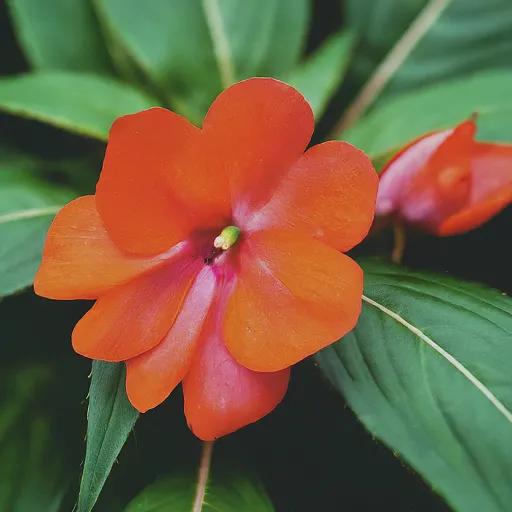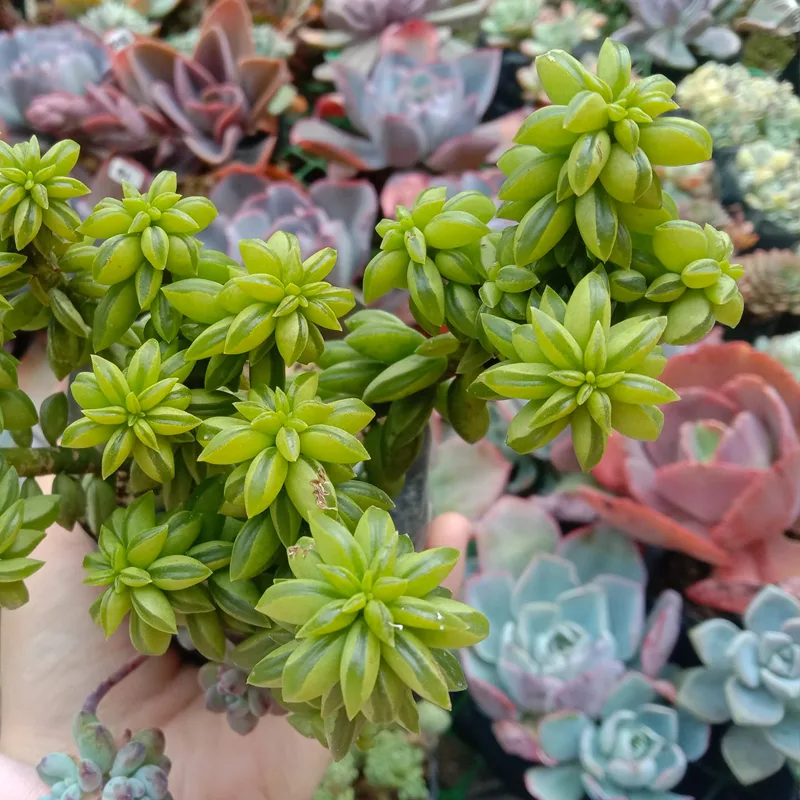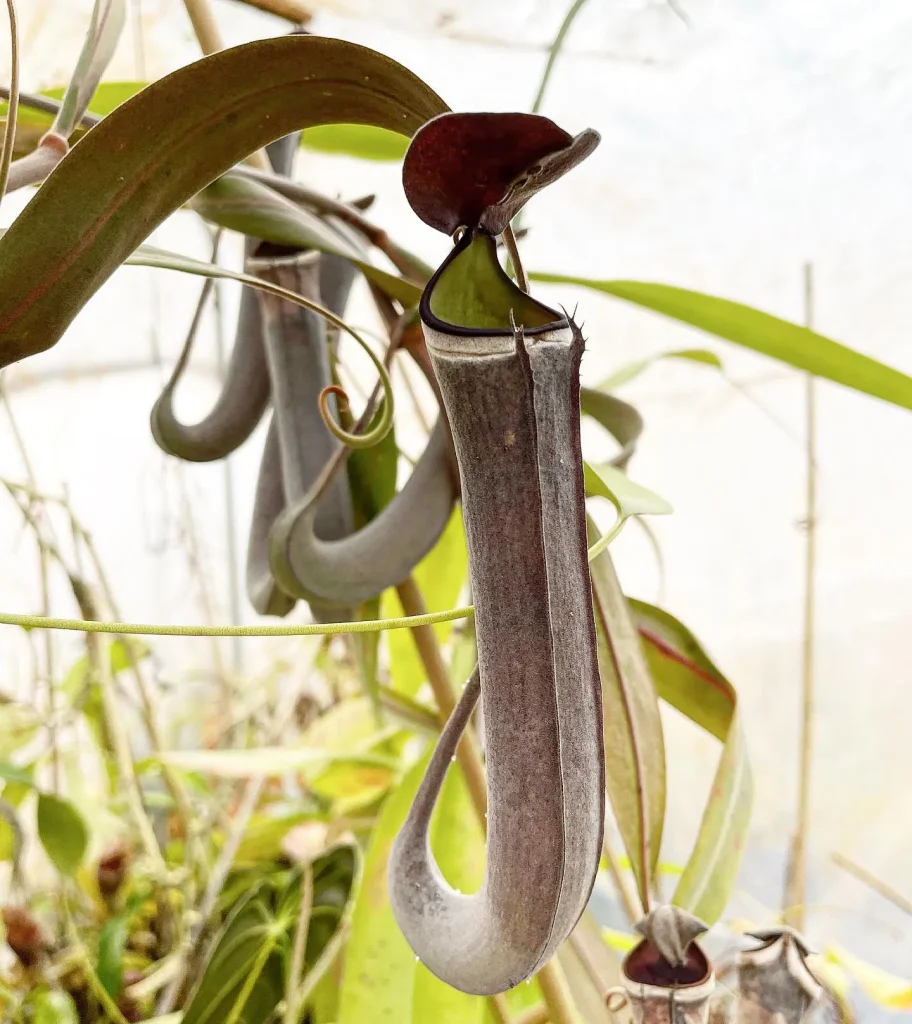Pimpinella: A Genus of Delicate Beauty and Culinary Interest
My name is Ferb Vu, and I’ve always been fascinated by the intricate world of plants. Their diversity, their resilience, and their quiet beauty have always captivated me. Among the many plant genera that have piqued my interest, Pimpinella holds a special place. This diverse genus, belonging to the Apiaceae family, boasts a fascinating array of species, some of which have significant culinary and medicinal uses.
A Diverse Genus with Global Reach
Pimpinella is a large genus, with over 160 recognized species. These species are distributed across a wide range of habitats, from Europe and Asia to Africa and even South America. This geographical diversity is reflected in the morphological variety within the genus. Some Pimpinella species are small, herbaceous plants, while others are tall and robust. The leaves can be simple or compound, and the flowers, typically white or pink, are arranged in umbels, a characteristic feature of the Apiaceae family.
Species within the Genus
Among the many species of Pimpinella, several stand out due to their unique characteristics or uses.
- Anise (Pimpinella anisum): Perhaps the most well-known species in the genus, anise is renowned for its distinct licorice-like flavor. This annual herb is native to the eastern Mediterranean region and is widely cultivated for its seeds, which are used as a spice in both sweet and savory dishes. Anise is also used in the production of liqueurs, such as anisette and absinthe.
- Burnet-saxifrage (Pimpinella saxifraga): This perennial herb is native to Europe and Asia and is characterized by its delicate, fern-like leaves and umbels of white or pink flowers. Burnet-saxifrage has a long history of use in traditional medicine, where it was believed to have diuretic and astringent properties.
- Greater Burnet-saxifrage (Pimpinella major): Similar in appearance to Burnet-saxifrage, this species is distinguished by its larger size and more robust growth habit. It is also native to Europe and Asia and has been used traditionally for its purported medicinal properties.
- Pimpinella peregrina: This species is native to the Mediterranean region and is characterized by its finely divided leaves and umbels of white flowers. It has been used traditionally as a culinary herb and for its purported medicinal properties.
- Pimpinella acronemastrum Farille & Lachard
- Pimpinella acuminata (Edgew.) C.B.Clarke
- Pimpinella acutidentata C.Norman
- Pimpinella adiyamanensis Yıld. & Kılıç
- Pimpinella adscendens Dalzell
- Pimpinella affinis Ledeb.
- Pimpinella afra (Eckl. & Zeyh.) D.Dietr.
- Pimpinella ahmarensis Dawit
- Pimpinella alismatifolia C.C.Towns.
- Pimpinella anagodendron Bolle
- Pimpinella anisactis Rech.f.
- Pimpinella anisetum Boiss. & Balansa
- Pimpinella anisoides V.Brig.
- Pimpinella aromatica M.Bieb.
- Pimpinella atropurpurea C.Y.Wu ex R.H.Shan & F.T.Pu
- Pimpinella aurea DC.
- Pimpinella barbata (DC.) Boiss.
- Pimpinella battandieri Chabert
- Pimpinella betsileensis Humbert ex Sales & Hedge
- Pimpinella bialata H.Wolff
- Pimpinella bisinuata H.Wolff
- Pimpinella bobrovii (Woronow ex Schischk.) M.Hiroe
- Pimpinella brachyclada Rech.f. & Riedl
- Pimpinella bracteata Haines
- Pimpinella buchananii H.Wolff
- Pimpinella camptotricha Penz.
- Pimpinella candolleana Wight & Arn.
- Pimpinella cappadocica Boiss. & Balansa
- Pimpinella caudata (Franch.) H.Wolff
- Pimpinella chungdienensis C.Y.Wu
- Pimpinella cnidioides H.Pearson ex H.Wolff
- Pimpinella coriacea (Franch.) H.Boissieu
- Pimpinella corymbosa Boiss.
- Pimpinella cretica Poir.
- Pimpinella cumbrae Link
- Pimpinella cypria Boiss.
- Pimpinella dendroselinum Webb
- Pimpinella deverroides (Boiss.) Boiss.
- Pimpinella diversifolia DC.
- Pimpinella ebracteata Baker
- Pimpinella enguezekensis Yıldırım, Akalın & Yeşil
- Pimpinella eriocarpa Banks & Sol.
- Pimpinella erythraeae Armari
- Pimpinella etbaica Schweinf.
- Pimpinella fargesii H.Boissieu
- Pimpinella favifolia C.Norman
- Pimpinella filiformis H.Wolff
- Pimpinella filipedicellata S.L.Liou
- Pimpinella flabellifolia (Boiss.) Benth. & Hook.f. ex Drude
- Pimpinella flaccida C.B.Clarke
- Pimpinella gilanica Mozaff.
- Pimpinella grisea H.Wolff
- Pimpinella hadacii Engstrand
- Pimpinella hastata C.B.Clarke
- Pimpinella helosciadoidea H.Boissieu
- Pimpinella henryi Diels
- Pimpinella heyneana (DC.) Benth. & Hook.f.
- Pimpinella heywoodii Dawit
- Pimpinella hirtella (Hochst.) A.Rich.
- Pimpinella homblei C.Norman
- Pimpinella huillensis Welw. ex Engl.
- Pimpinella humbertii Sales & Hedge
- Pimpinella ibradiensis Çinbilgel, Eren, H.Duman & Gökceoğlu
- Pimpinella × intermedia Figert
- Pimpinella inundata (Farille & S.B.Malla) P.K.Mukh. & Constance
- Pimpinella isaurica V.A.Matthews
- Pimpinella javana DC.
- Pimpinella junionae Ceballos & Ortuño
- Pimpinella kaessneri (H.Wolff) Cannon
- Pimpinella kawalekhensis Farille & Lachard
- Pimpinella keniensis C.Norman
- Pimpinella khayyamii Mozaff.
- Pimpinella khorasanica Engstrand
- Pimpinella kingdon-wardii H.Wolff
- Pimpinella koelzii M.Hiroe
- Pimpinella kotschyana Boiss.
- Pimpinella kurdica Rech.f. & Riedl
- Pimpinella kyimbilaensis H.Wolff
- Pimpinella ledermannii H.Wolff
- Pimpinella leptoclada (Aitch. & Hemsl.) Mousavi, Mozaff. & Zarre
- Pimpinella leschenaultii DC.
- Pimpinella liiana M.Hiroe
- Pimpinella limprichtii H.Wolff
- Pimpinella lindblomii H.Wolff
- Pimpinella lineariloba Cannon
- Pimpinella lutea Desf.
- Pimpinella menachensis Schweinf. ex H.Wolff
- Pimpinella mulanjensis C.C.Towns.
- Pimpinella nana Pimenov
- Pimpinella neglecta C.Norman
- Pimpinella nephrophylla Rech.f. & Riedl
- Pimpinella nervosa C.B.Clarke
- Pimpinella niitakayamensis Hayata
- Pimpinella nudicaulis Trautv.
- Pimpinella nyingchiensis Z.H.Pan & K.Yao
- Pimpinella oliverioides Boiss. & Hausskn.
- Pimpinella olivieri Boiss.
- Pimpinella oreophila Hook.f.
- Pimpinella paludosa C.C.Towns.
- Pimpinella parishiana Kurz
- Pimpinella pastinacifolia (Boiss.) H.Wolff
- Pimpinella paucidentata V.A.Matthews
- Pimpinella perrieri Sales & Hedge
- Pimpinella peucedanifolia Fisch. ex Ledeb.
- Pimpinella physotrichioides C.Norman
- Pimpinella pimpinelloides (Hochst.) H.Wolff
- Pimpinella pretenderis Orph. ex Halácsy
- Pimpinella procumbens (Boiss.) Pau
- Pimpinella propinqua H.Wolff
- Pimpinella pruatjan Molk.
- Pimpinella puberula (DC.) Boiss.
- Pimpinella purpurea (Franch.) H.Boissieu
- Pimpinella renifolia H.Wolff
- Pimpinella rhodantha Boiss.
- Pimpinella rhomboidea Diels
- Pimpinella richardsiae C.C.Towns.
- Pimpinella rigidistyla C.C.Towns.
- Pimpinella rigidiuscula C.C.Towns.
- Pimpinella rigidula (Boiss. & Orph.) H.Wolff
- Pimpinella robynsii C.Norman
- Pimpinella rollae Billore & Hemadri
- Pimpinella rubescens (Franch.) H.Wolff ex Hand.-Mazz.
- Pimpinella schimperi Dawit
- Pimpinella schweinfurthii Asch.
- Pimpinella serbica (Vis.) Benth. & Hook.f. ex Drude
- Pimpinella sikkimensis C.B.Clarke
- Pimpinella silvatica Hand.-Mazz.
- Pimpinella silvicola Hemp
- Pimpinella sintenisii H.Wolff
- Pimpinella smithii H.Wolff
- Pimpinella squamosa Karjagin
- Pimpinella stracheyi C.B.Clarke
- Pimpinella × subnigra Tzvelev
- Pimpinella tagawae M.Hiroe
- Pimpinella tenuicaulis Baker
- Pimpinella thellungiana H.Wolff
- Pimpinella tibetanica H.Wolff
- Pimpinella tirupatiensis N.P.Balakr. & Subr.
- Pimpinella tomentosa Dalzell ex C.B.Clarke
- Pimpinella tongloensis P.K.Mukh.
- Pimpinella tragioides (Boiss.) Benth. & Hook.f. ex Drude
- Pimpinella tragium Vill.
- Pimpinella tripartita Kalen.
- Pimpinella triternata Diels
- Pimpinella tunceliana Yıld.
- Pimpinella turcomanica Schischk.
- Pimpinella urbaniana Fedde ex H.Wolff
- Pimpinella urceolata Watt ex Banerji
- Pimpinella valleculosa K.T.Fu
- Pimpinella villosa Schousb.
- Pimpinella wallichiana (Miq.) Gandhi
- Pimpinella wallichii C.B.Clarke
- Pimpinella woodii C.C.Towns.
- Pimpinella xizangensis R.H.Shan & F.T.Pu
- Pimpinella yunnanensis (Franch.) H.Wolff
- Pimpinella zagrosica Boiss. & Hausskn.
Culinary and Medicinal Uses
Pimpinella species have a long history of use in both culinary and medicinal traditions. As mentioned earlier, anise is a popular spice used in various cuisines around the world. Its seeds are used to flavor baked goods, desserts, and savory dishes, and its essential oil is used in the production of liqueurs.
Other Pimpinella species, such as Burnet-saxifrage and Greater Burnet-saxifrage, have been used traditionally for their purported medicinal properties. These species were believed to have diuretic, astringent, and anti-inflammatory properties and were used to treat a variety of ailments, including digestive problems, respiratory issues, and skin conditions.
It is important to note that while some Pimpinella species have a long history of traditional use, scientific research on their medicinal properties is limited. More studies are needed to confirm their efficacy and safety.
Pimpinella in the Modern World
Despite their long history of use, Pimpinella species are not as widely known or cultivated as some other members of the Apiaceae family, such as carrots, parsley, and celery. However, there is growing interest in these plants, both for their culinary potential and their potential medicinal benefits.
As research continues to shed light on the chemical composition and biological activity of Pimpinella species, we may see a resurgence in their popularity. Their delicate beauty, combined with their culinary and medicinal potential, makes them a fascinating group of plants worthy of further exploration.
I, for one, am eager to learn more about this intriguing genus and to witness its potential contributions to the world of food and medicine.
If i die, water my plants!



